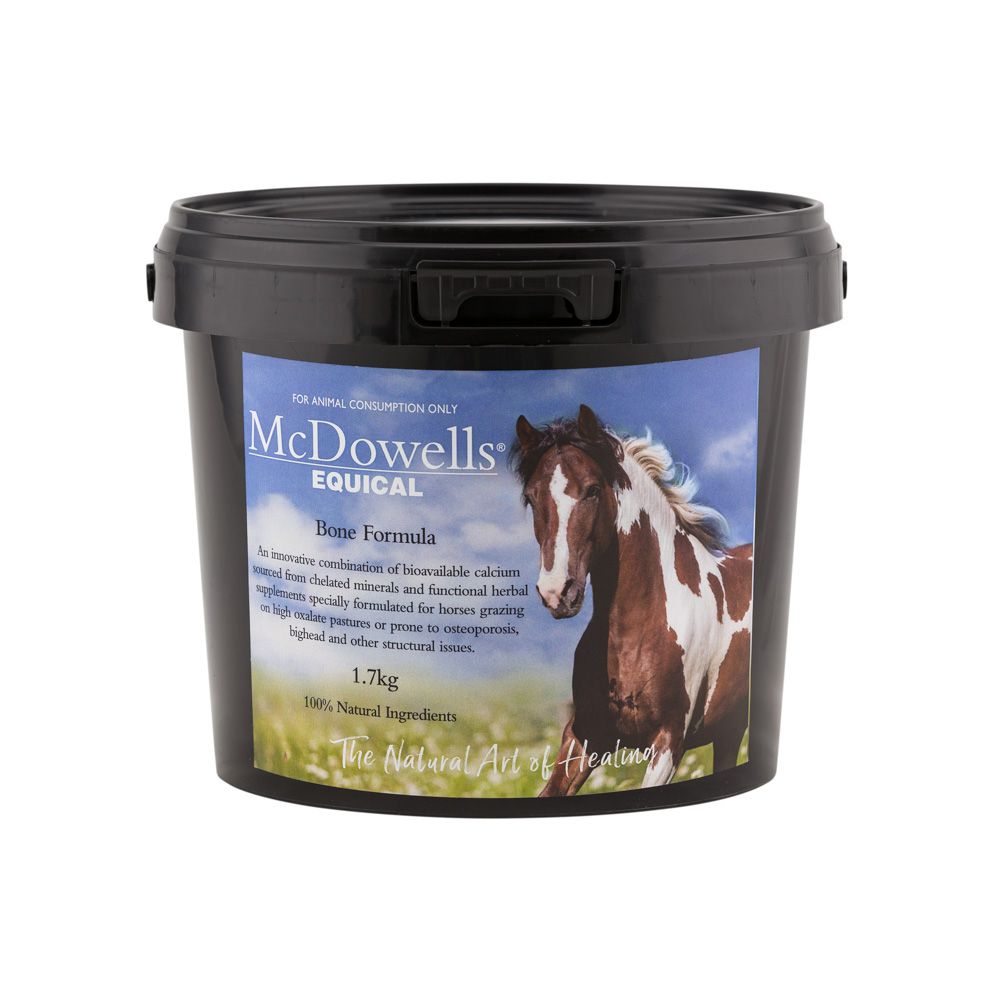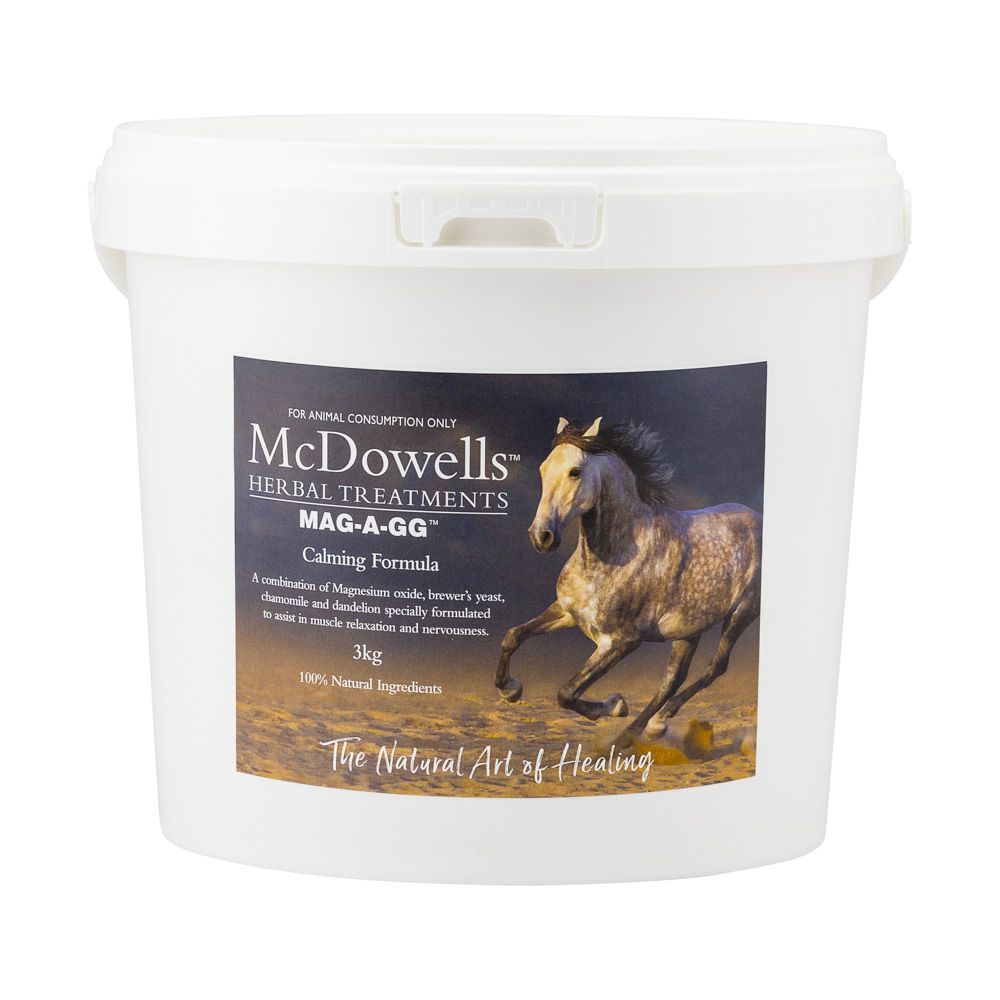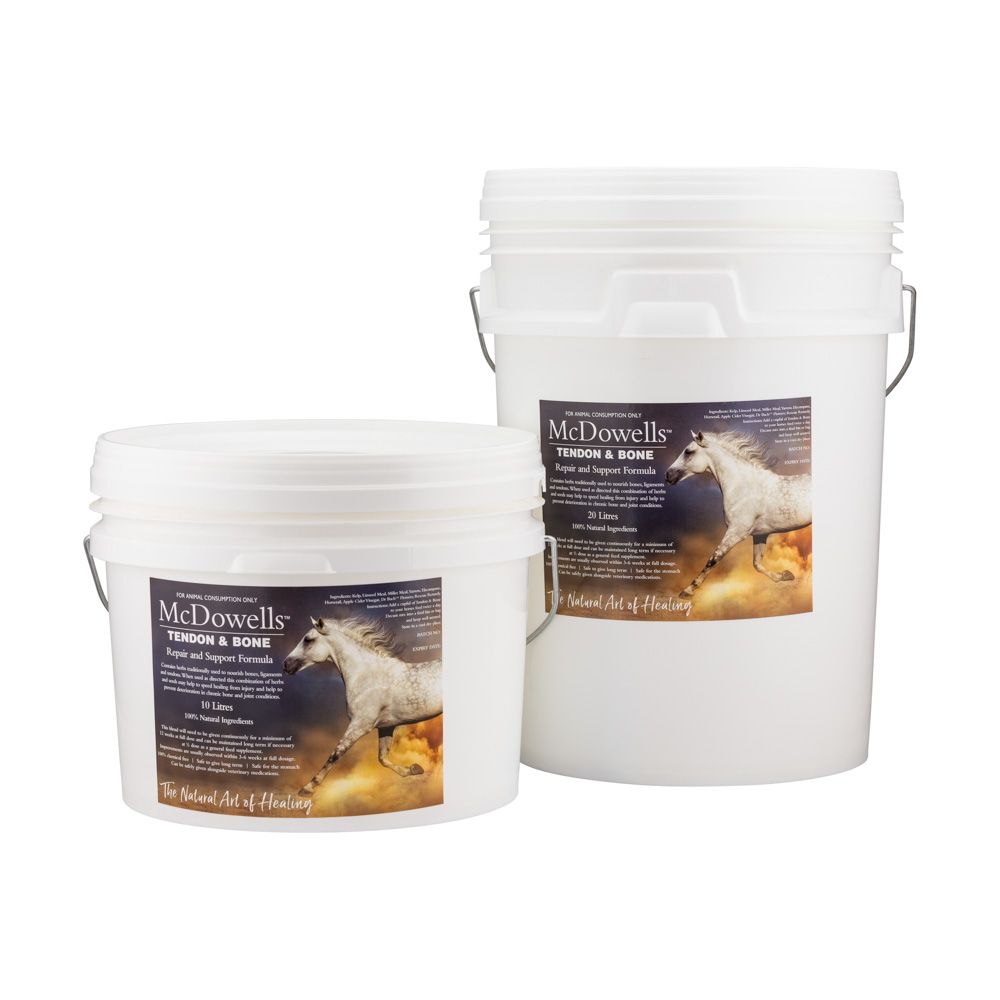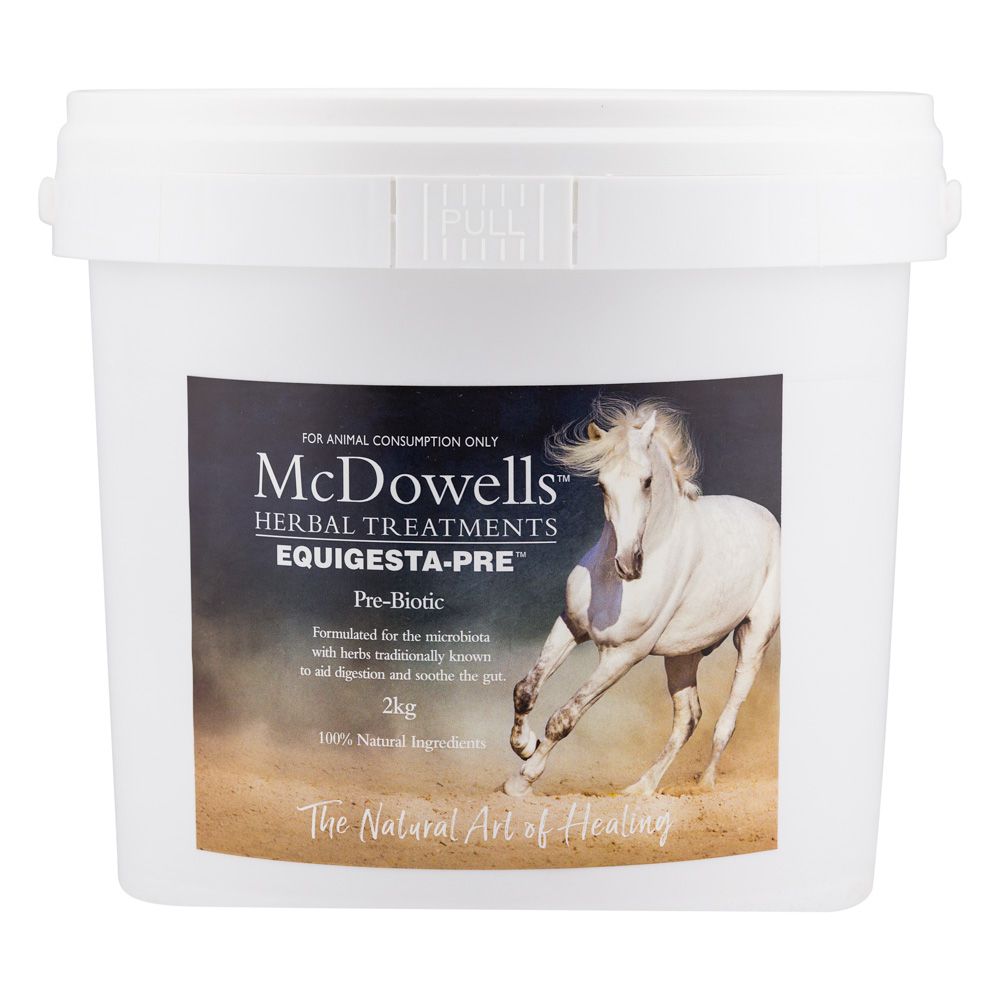Big Head Disease is also known as Bran Disease or NSH which stands for Nutritional Secondary Hyperparathyrodism. This disease still occurs today, despite the fact that it has been known about since 1860 and if left untreated can create permanent damage.
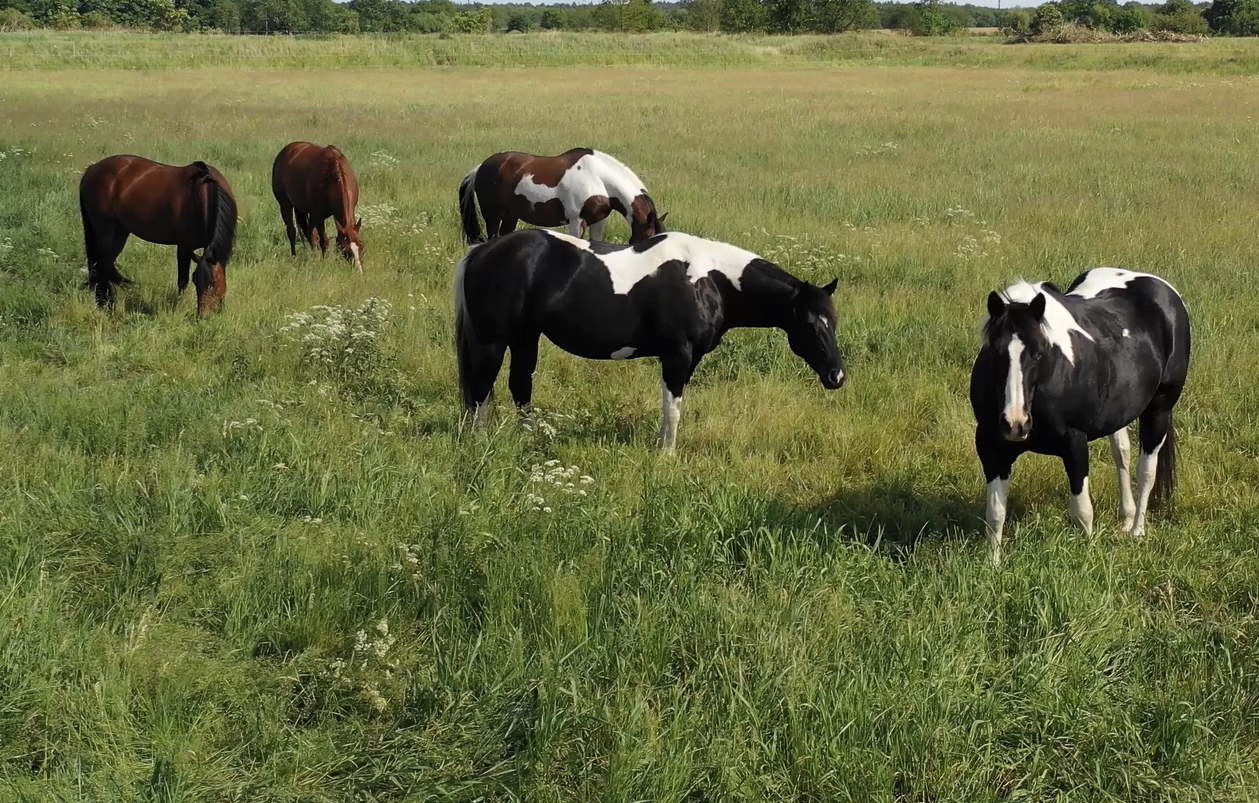
Oxalates bind to calcium and other minerals in the body and this locks the minerals up in a form that is not available or utilisable by the horse. Calcium is an important mineral that is essential for many body functions and without sufficient dietary calcium being absorbed, calcium will be removed from the major calcium stores in the body - the skeleton.
The symptoms are due to the demineralization of the bones, and often affects the head and limbs, causing swelling and lameness. While often horses will adapt to the gradual changes, eventually obstruction in the airway and jaw and tooth problems can cause weight loss and difficulty breathing.
Symptoms generally appear within 2 to 8 months after initial grazing of grasses high in oxalates. An acute poisoning can occur with the ingestion of grasses containing high amounts of soluble oxalates, which produces muscle tremors and interferes with kidney function.
Oxalates are compounds found in some grasses and foods formed from oxalic acid. They are formed in many plants, such as tropical grasses. See below for some high oxalate grasses to avoid.
Buffel Grass
Buffel grasses are native to tropical and sub-tropical Africa, India and Indonesia. They are used in Australia as a drought resistant pasture grass and thrives in sandy soils.
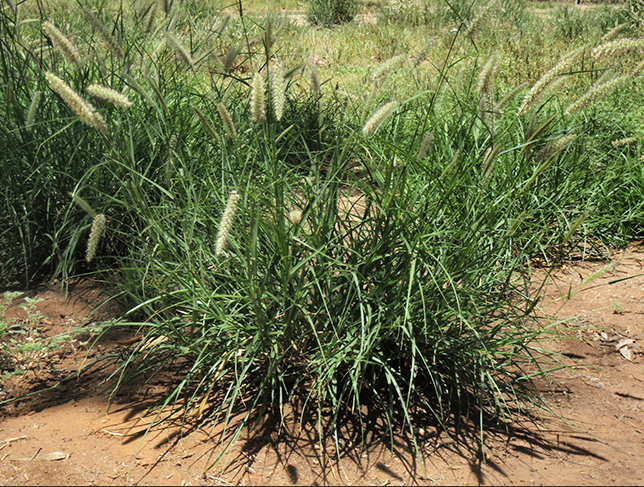
Image courtesy of nt.gov.au
Green Panic Grass
Green Panic grass is widely found in the tropics. It grows naturally in open grasslands, usually under or near trees and shrubs, and along riverbanks.
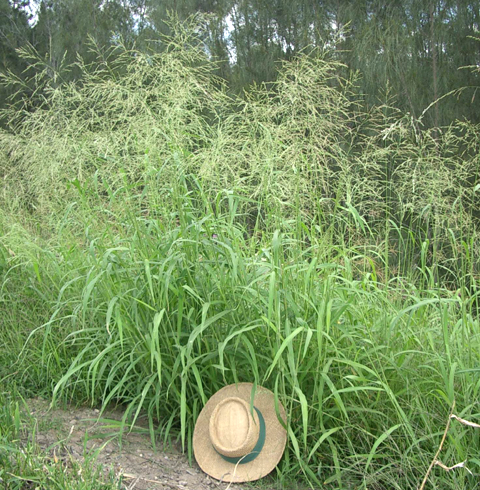
Image courtesy of www.dpi.nsw.gov.au
Kikuyu Grass
Kikuyu grass is native to the highland regions of East Africa. It grows quickly and is classed as a noxious weed in some areas. It is also a popular garden lawn species in Australia, cheap and moderate drought-tolerant. It is also used as pasture for livestock grazing.
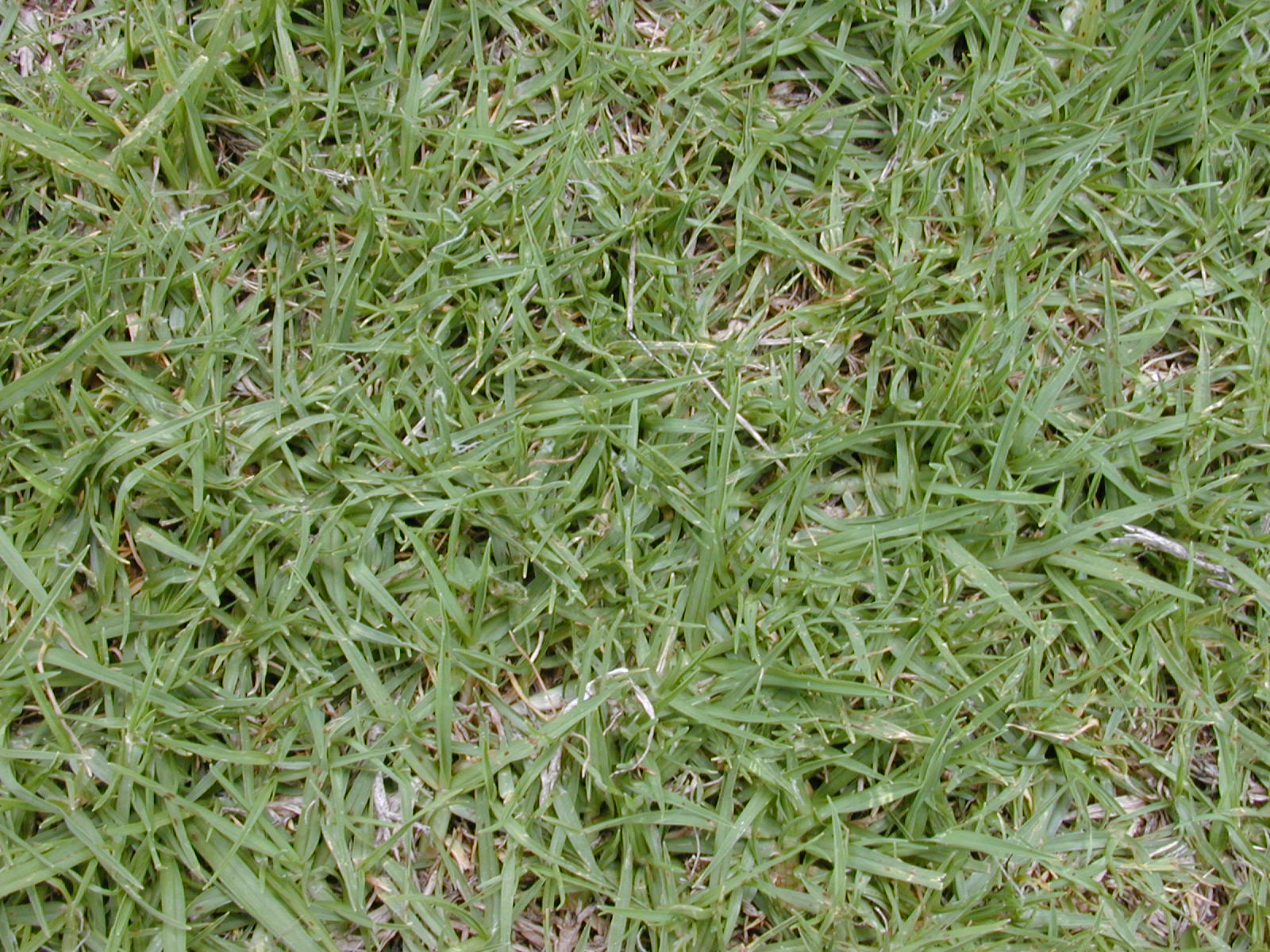
Image courtesy of Wiki common
Pangola Grass
Pangola grass is often used for hay and pasture in tropical and subtropical regions due to its ability to withstand heavy grazing. It is native to tropical South Africa and was introduced to many subtropical and tropical areas(1).
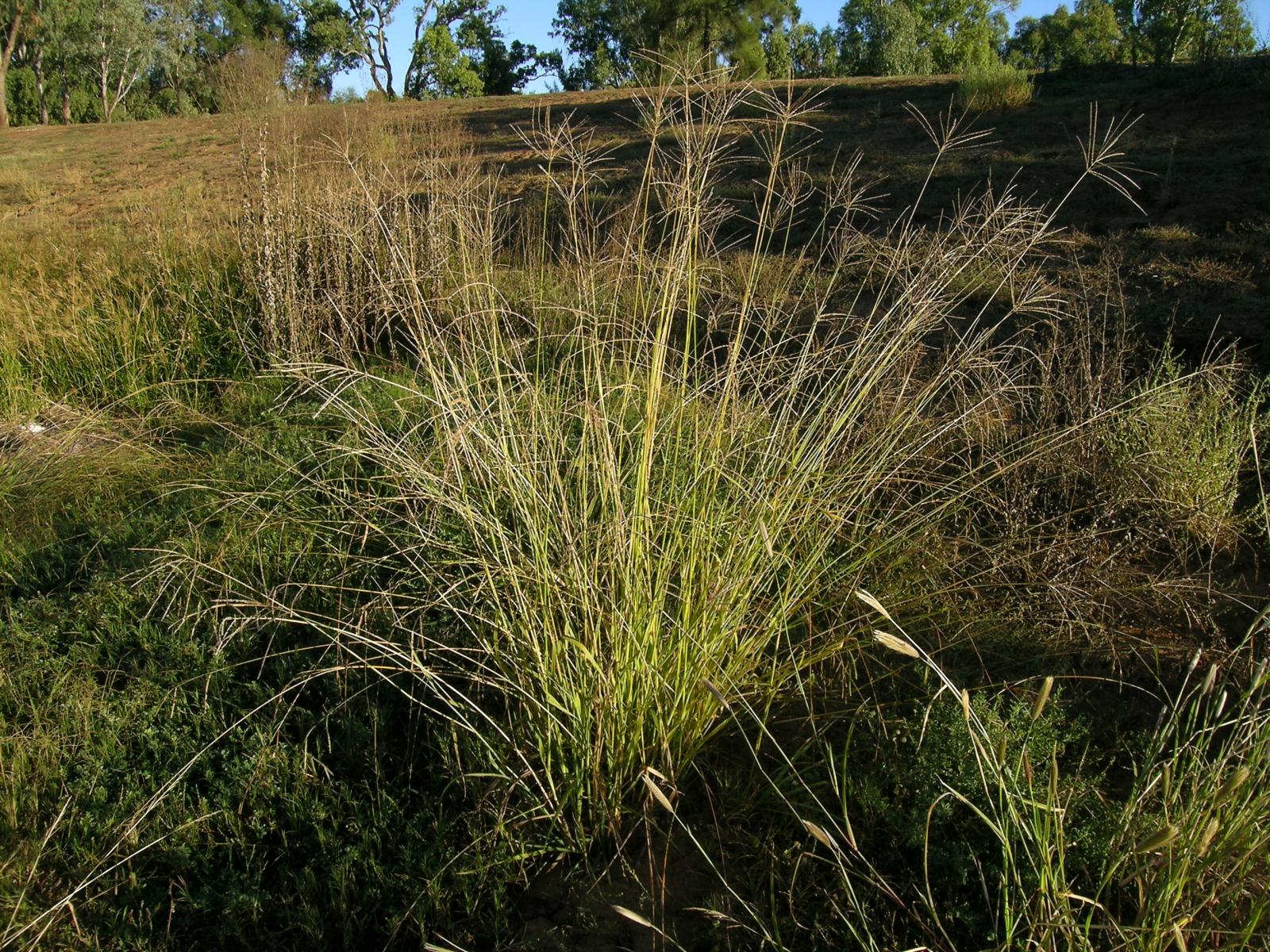
Image courtesy of feedpedia
Para Grass
Thought to be from the tropical regions of Africa, but now found throughout the tropical and sub-tropical regions of the Australia.
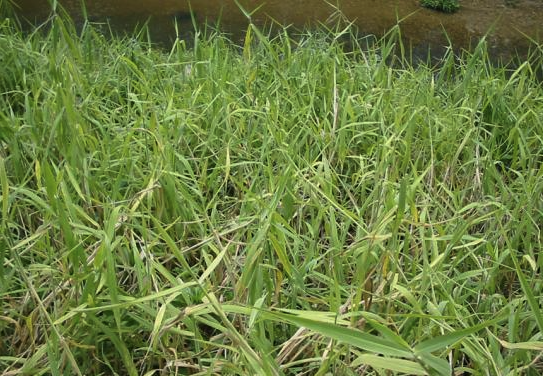
Image courtesy of brisbane.qld.gov.au/weeds/para-grass
Setaria Grass
There are 100 species distributed in many tropical and temperate regions around the world, but widespread in Africa. It's mainly from regions where the rainfall is high. In Queensland and northern New South Wales setaria grows mainly in the coastal areas and there are several different varieties of the grass (that all look slightly different).(2).

Images courtesy of Kerrie Hyland. This is Kuzungula Setaria and is horse enemy number 1!
Signal Grass
Signal grass is a tropical and subtropical grass and is regarded as an environmental weed in Australia. Found in northern and eastern Australia but most common in the coastal districts of Queensland and northern New South Wales.
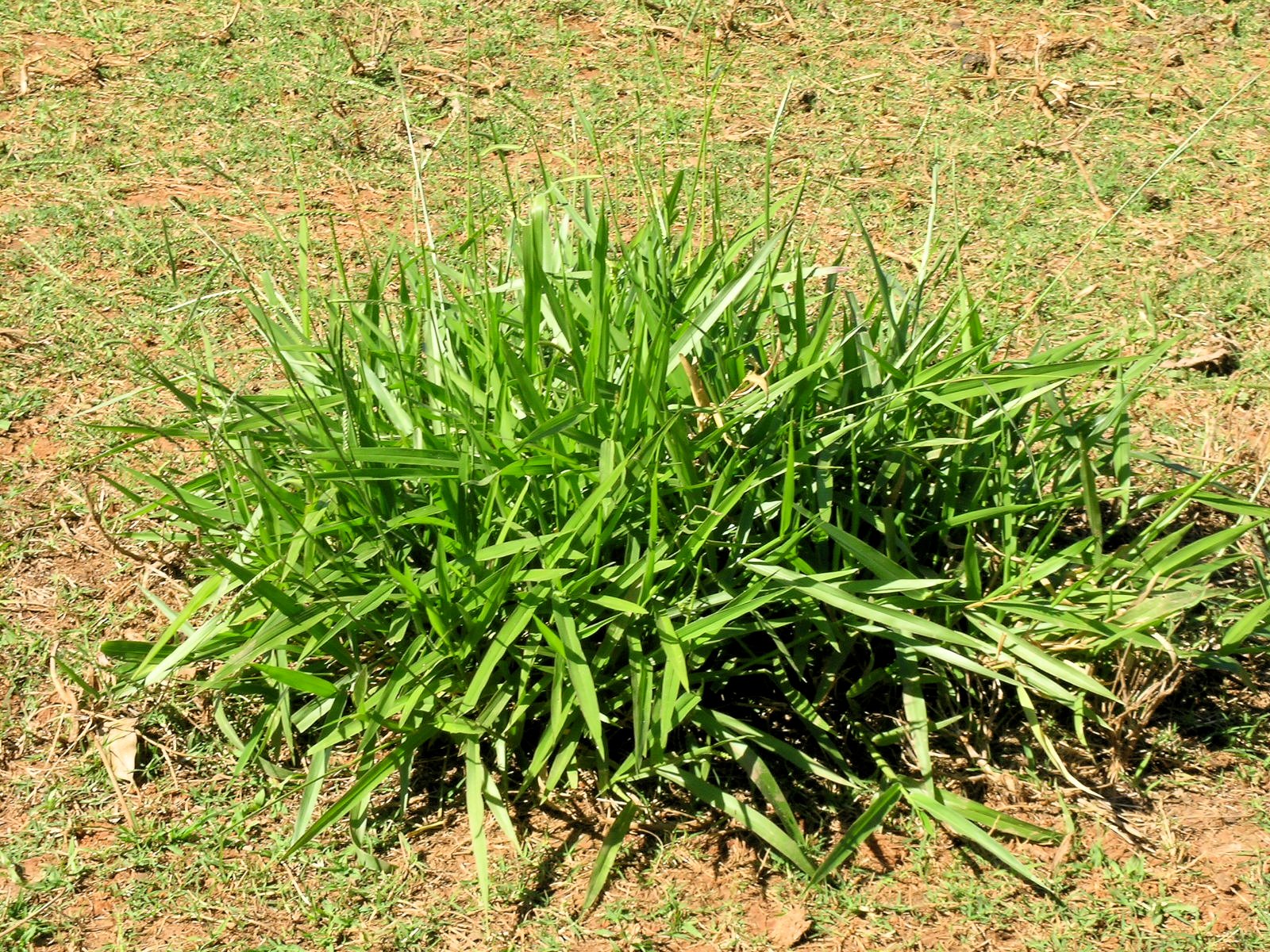
Image courtesy of feedepedia
Bermuda grass (couch grass)
Couch grass is a common lawn grass with the visible runners above and below the ground.
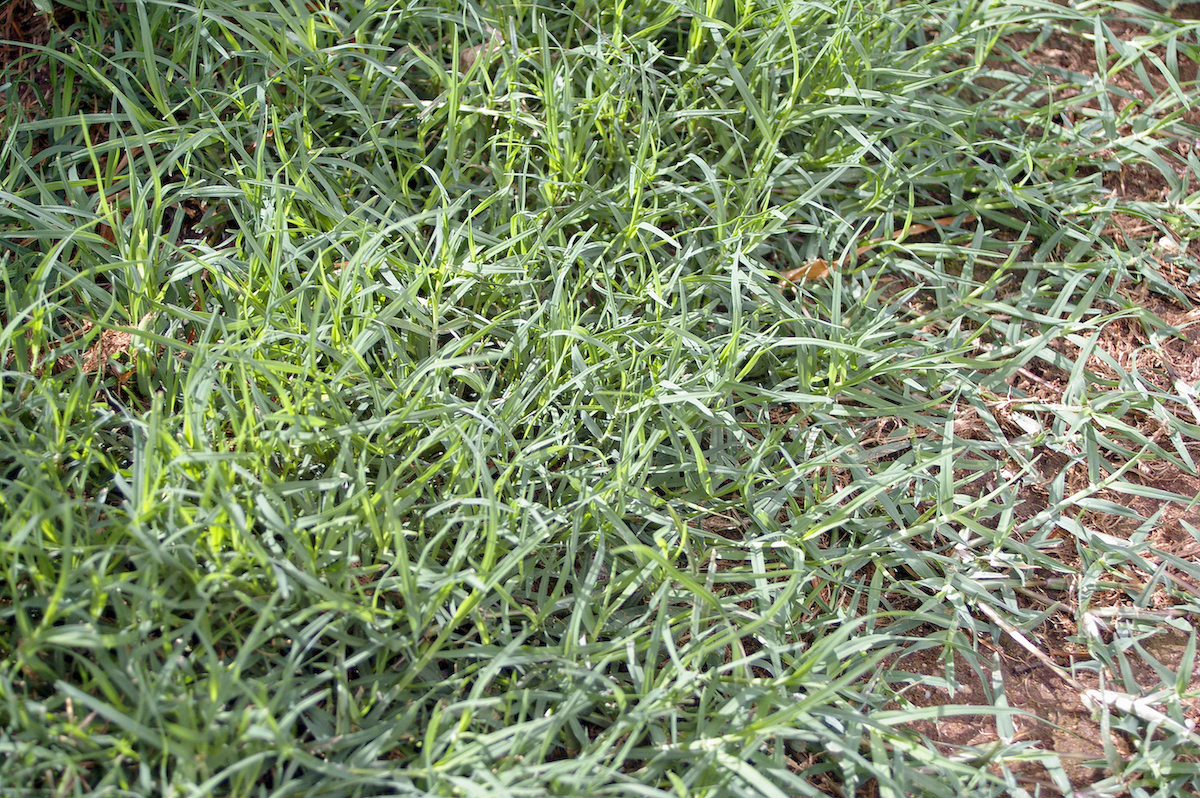
Photo courtesy of Wikipedia
Symptoms of Big Head
Signs that a horse is developing (or has developed big head) can appear two to eight months after initial turn-out on high oxalate pasture. The signs are due to the reminerisation of the bone. Acute poisoning can also occur, which appears as muscle tremors, pica (eating dirt or wood), lameness and pain in joints. Symptoms include:
- Swollen face and jaw
- Loose teeth and possible infections
- Pain during eating and difficulty chewing
- Loss of appetite and weight loss
- Nasal collapse
- Breathing obstruction and difficulty breathing
- Poor condition, lethargy and excessive lying down
It is imperative that these are caught early. many oxalate rich pastures are highly palatable. Some pastures are a mix of tropical pasture and low oxalate pastures. It sounds great on paper they are only eating 50% of their pasture intake as a high oxalate species. Unfortunately, oxalate pastures can be extremely palatable. Horses can seek out these grasses and have a much higher intake of this grass type than the other available grasses. Anyone who packs a school lunch has experienced this. It doesn’t matter that you have packed a lunch with a 50/50 ratio of salad to snacks. That is not how they will be eaten
Diet recommendations
In an ideal world, we would all be able to remove the horses off the offending pastures. If they are not eating these pastures, there is no management issue. However, we do not all have the luxury of this approach. For some horse owners these are the only available pastures.
If you have oxalate pastures, it is important that you remove your horse from the pasture, and allow a break from this pasture type. We need to allow the oxalates in the pasture to pass through the digestive tract, so they are not present when we feed supplementary minerals. You can do this by removing them from the pasture overnight, give a large feed of roughage and then followed by their meal feed which contains their minerals and herbs and supplementary calcium. I always include some digestive support to help protect and heal the gut from the damage of the oxalates as they pass through.
Ensure they have constant roughage whilst locked out from the pasture overnight. If they cannot be removed from the pasture, they will have a much higher requirement of calcium to bind to the oxalate and still providing excess calcium that will be available for absorption in the small intestine.
McDowells product recommendations
EquiCal for calcium supplementation
Equiesta-pre for gut protection and repair
Mag-A-GG for magnesium supplementation
References
(1) http://www.horsedvm.com/poisonous/pangola/
(2) Western Australia

